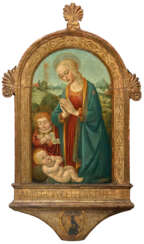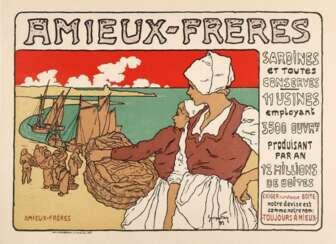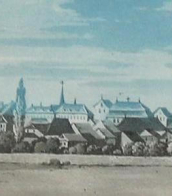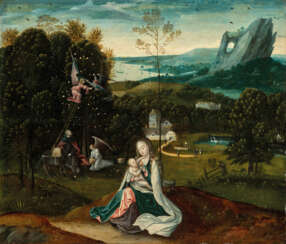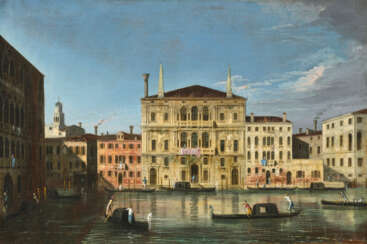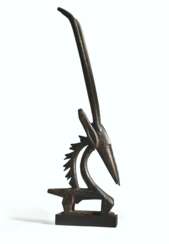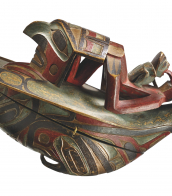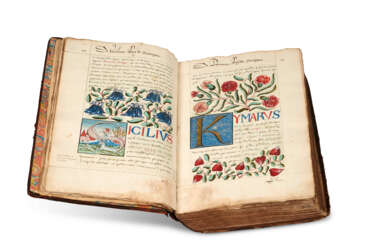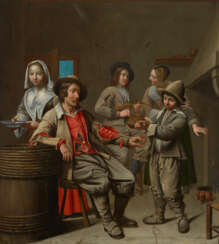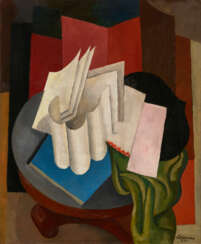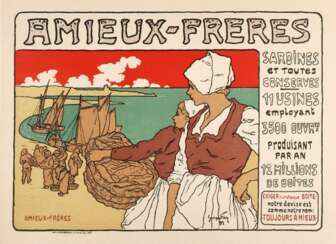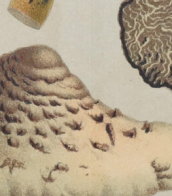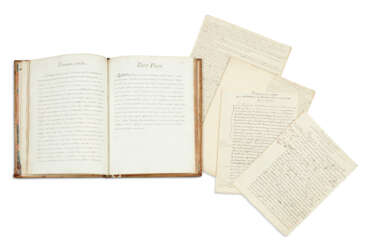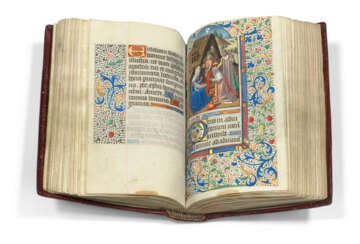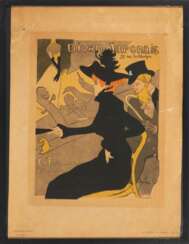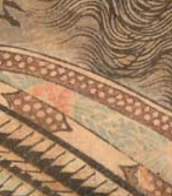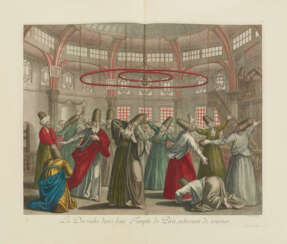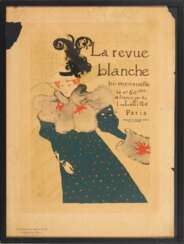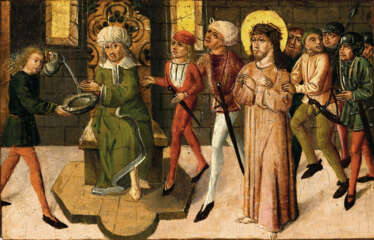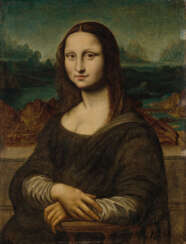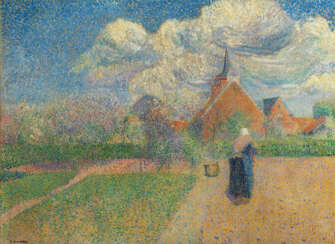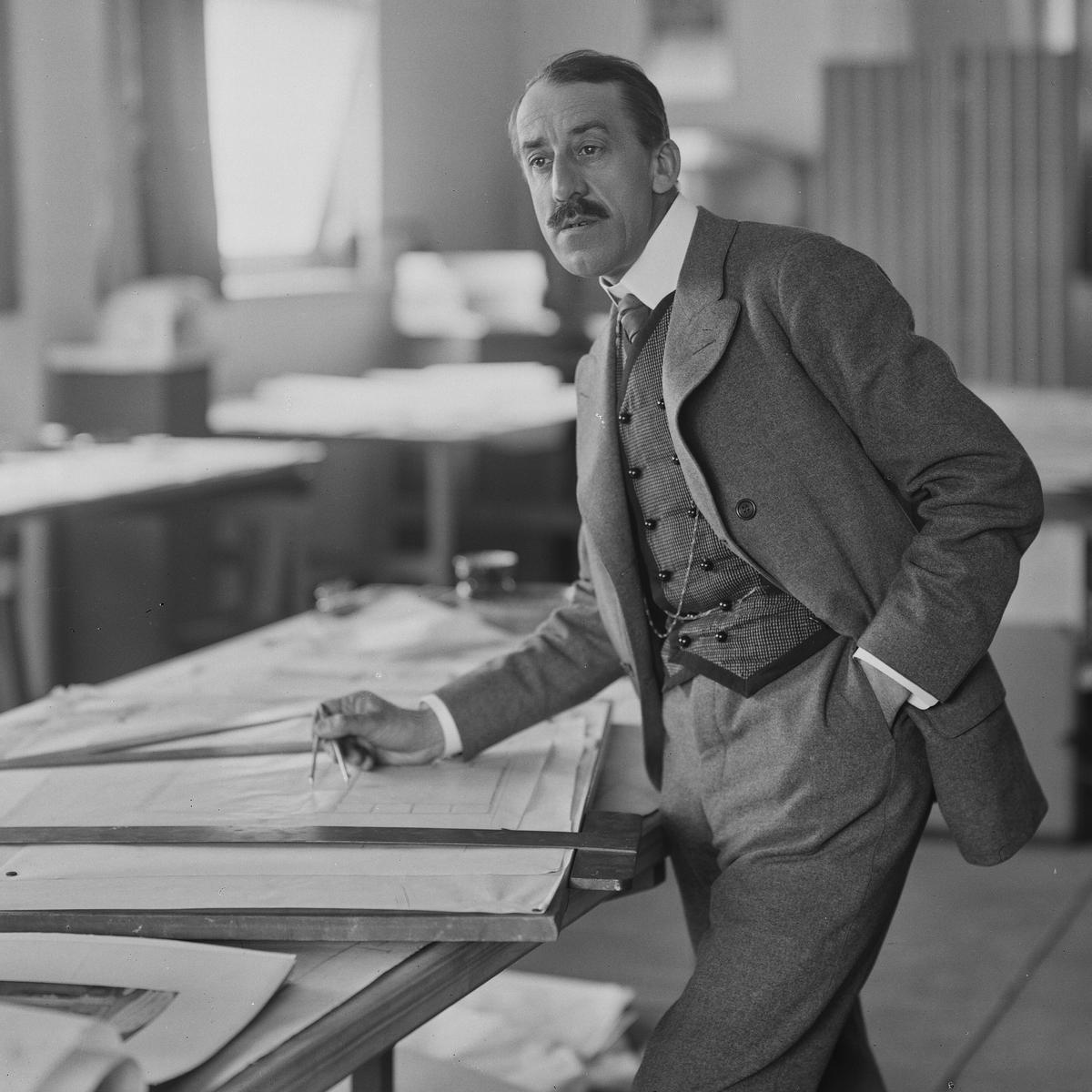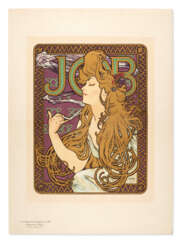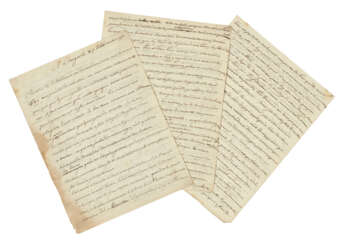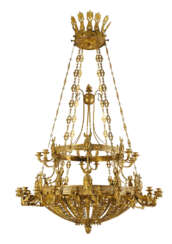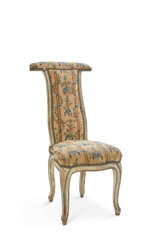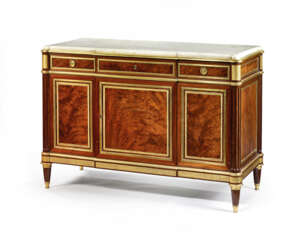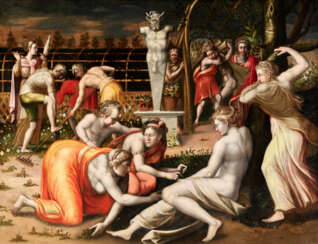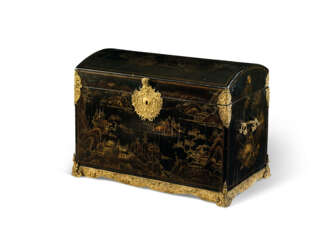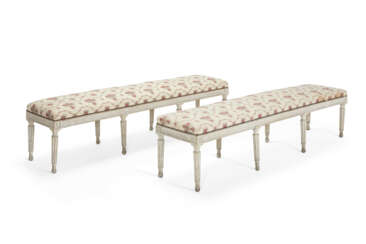maître de l&
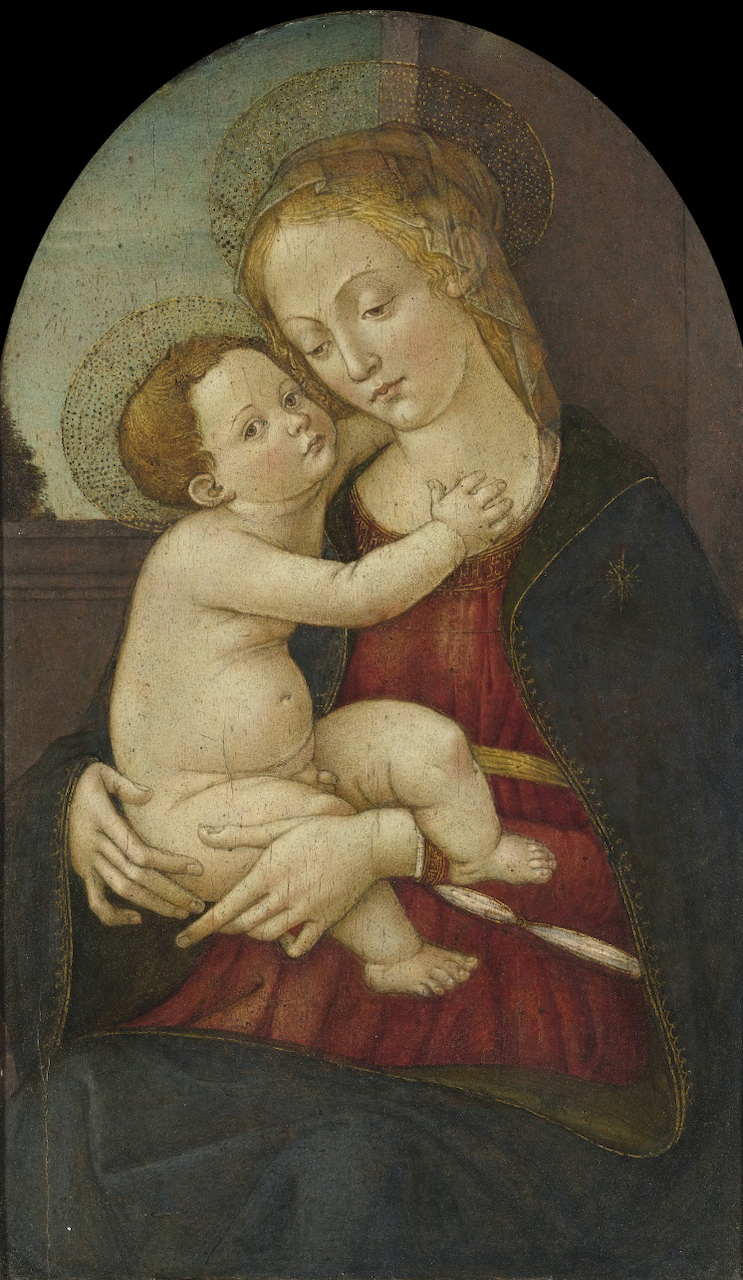
Master of the Epiphany of Fiesole or Master of the Fiesole Epiphany (English: Master of the Fiesole Epiphany) was an Italian painter active in Florence in the mid-15th century. The artist, whose name is not known, was given his notational name after the large-scale depiction of the Epiphany he created for the church of San Francesco in Fiesole in the province of Florence.
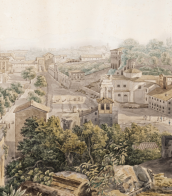
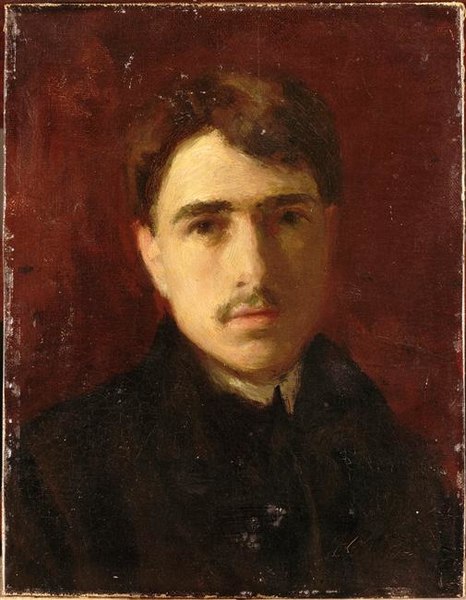
Roger de la Fresnaye was a French painter, a representative of Cubism in painting.
He studied at the Académie Julian in Paris and was fascinated by the art of Paul Cézanne. In his works Fresnaye synthesized lyrical color with geometric simplifications of Cubism.

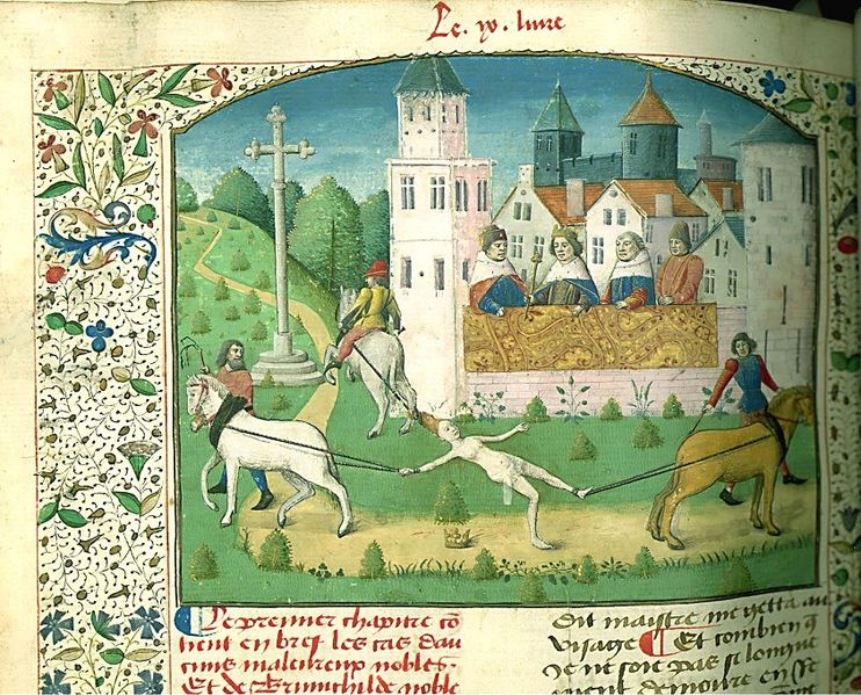
Maître François was a French illustrator who worked in Paris in the 1460s-1480s.
The identity of Maître François as an artist is first mentioned in a letter written by Robert Gauguin in 1473. Most of the prestigious commissions from the court and leading ecclesiastical figures of the time were carried out in François' studio. In Paris in the second half of the fifteenth century, one can trace the predominant style of illumination by the works of Master Jean Rolin, Maître François, and Master Jacques de Besançon. Bibliophiles close to the royal court encouraged the work of miniaturists through private commissions. In particular, Jacques d'Armagnac owned six manuscripts of Maitre Francois and his entourage.
Boccaccio's De casibus virorum illustrium was very popular in the 15th century, where the author retells the fates and downfalls of famous personalities from the Bible, antiquity and medieval history, ending with Boccaccio's own contemporaries in 14th-century Florence. For a long time this book was even more famous and successful than Boccaccio's Decameron. The text was translated into French in 1409 for Jean, Duke de Berry, by his secretary Laurent Premieffe. And the illustrations for the book were later created in the workshop of the then respected Maître François.


Maître François was a French illustrator who worked in Paris in the 1460s-1480s.
The identity of Maître François as an artist is first mentioned in a letter written by Robert Gauguin in 1473. Most of the prestigious commissions from the court and leading ecclesiastical figures of the time were carried out in François' studio. In Paris in the second half of the fifteenth century, one can trace the predominant style of illumination by the works of Master Jean Rolin, Maître François, and Master Jacques de Besançon. Bibliophiles close to the royal court encouraged the work of miniaturists through private commissions. In particular, Jacques d'Armagnac owned six manuscripts of Maitre Francois and his entourage.
Boccaccio's De casibus virorum illustrium was very popular in the 15th century, where the author retells the fates and downfalls of famous personalities from the Bible, antiquity and medieval history, ending with Boccaccio's own contemporaries in 14th-century Florence. For a long time this book was even more famous and successful than Boccaccio's Decameron. The text was translated into French in 1409 for Jean, Duke de Berry, by his secretary Laurent Premieffe. And the illustrations for the book were later created in the workshop of the then respected Maître François.

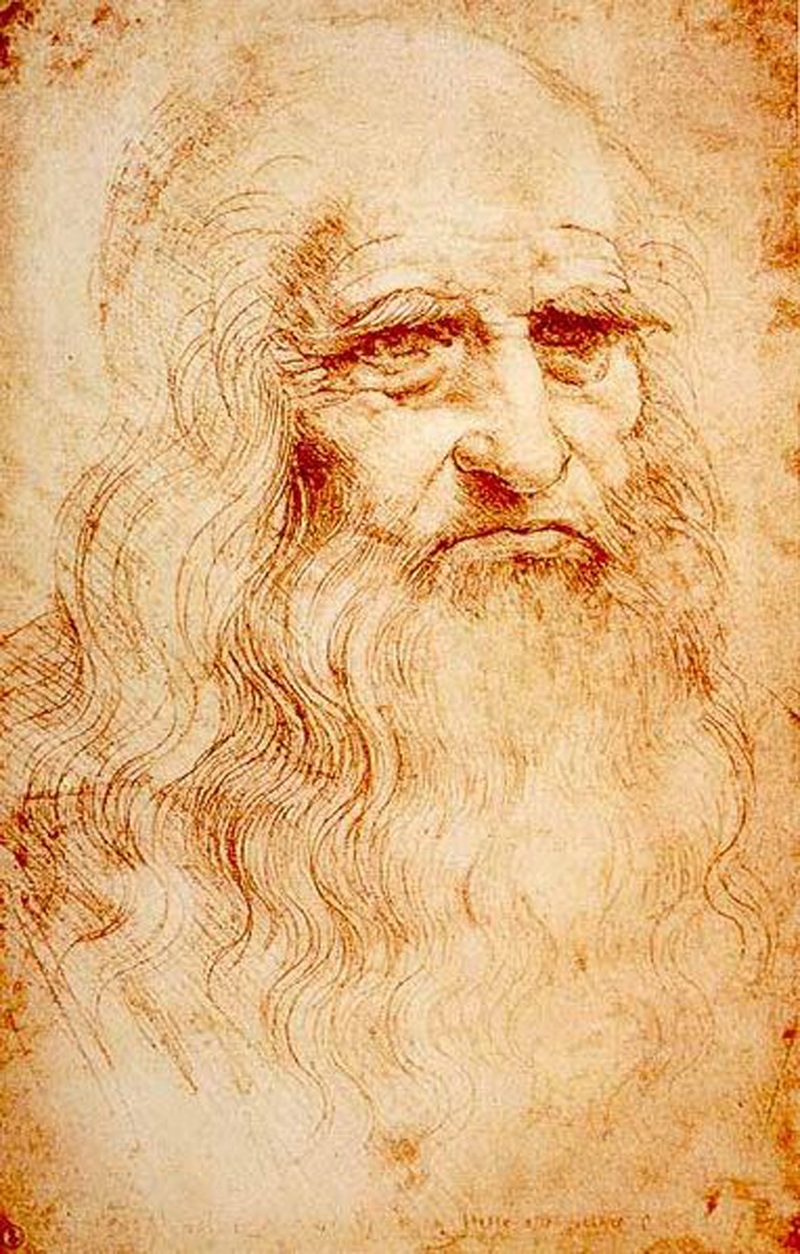
Leonardo da Vinci was an Italian polymath of the High Renaissance, celebrated as a painter, draughtsman, engineer, scientist, theorist, sculptor, and architect. His remarkable abilities and innovative thinking made him an epitome of the Renaissance humanist ideal. Born in Vinci, near Florence, in 1452, Leonardo was educated in Florence by Andrea del Verrocchio, a renowned painter and sculptor. He began his career in Florence, later working in Milan, Rome, and France, where he died in 1519.
Da Vinci is revered for his artistic mastery, technological innovation, and scientific inquiry. Despite having fewer than 25 major works attributed to him, including several unfinished ones, his influence on Western art is profound. His magnum opus, the "Mona Lisa," housed in the Louvre Museum, Paris, is considered the world's most famous painting. "The Last Supper," his most reproduced religious painting, showcases his mastery of dramatic narrative and pictorial illusionism. Both paintings exhibit Leonardo's unique ability to convey complex human emotions and his innovative use of techniques like sfumato and chiaroscuro.
Leonardo's interests extended far beyond fine art. He was a visionary in multiple fields, including anatomy, physics, architecture, and mechanics. His notebooks reveal designs for machines like bicycles, helicopters, and military tanks, centuries ahead of their time. However, due to his diverse interests, he left many projects and paintings incomplete. Leonardo's final years were spent in France, where he continued his artistic and scientific pursuits until his death.
For collectors and experts in art and antiques, Leonardo da Vinci remains a figure of endless fascination. His works not only embody the pinnacle of Renaissance art but also provide insights into the era's scientific and philosophical inquiry. To stay updated on new sales and auction events related to Leonardo da Vinci, sign up for our newsletter. This subscription is a gateway to exploring the rich legacy of this unparalleled artist and inventor.
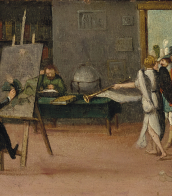

Leonardo da Vinci was an Italian polymath of the High Renaissance, celebrated as a painter, draughtsman, engineer, scientist, theorist, sculptor, and architect. His remarkable abilities and innovative thinking made him an epitome of the Renaissance humanist ideal. Born in Vinci, near Florence, in 1452, Leonardo was educated in Florence by Andrea del Verrocchio, a renowned painter and sculptor. He began his career in Florence, later working in Milan, Rome, and France, where he died in 1519.
Da Vinci is revered for his artistic mastery, technological innovation, and scientific inquiry. Despite having fewer than 25 major works attributed to him, including several unfinished ones, his influence on Western art is profound. His magnum opus, the "Mona Lisa," housed in the Louvre Museum, Paris, is considered the world's most famous painting. "The Last Supper," his most reproduced religious painting, showcases his mastery of dramatic narrative and pictorial illusionism. Both paintings exhibit Leonardo's unique ability to convey complex human emotions and his innovative use of techniques like sfumato and chiaroscuro.
Leonardo's interests extended far beyond fine art. He was a visionary in multiple fields, including anatomy, physics, architecture, and mechanics. His notebooks reveal designs for machines like bicycles, helicopters, and military tanks, centuries ahead of their time. However, due to his diverse interests, he left many projects and paintings incomplete. Leonardo's final years were spent in France, where he continued his artistic and scientific pursuits until his death.
For collectors and experts in art and antiques, Leonardo da Vinci remains a figure of endless fascination. His works not only embody the pinnacle of Renaissance art but also provide insights into the era's scientific and philosophical inquiry. To stay updated on new sales and auction events related to Leonardo da Vinci, sign up for our newsletter. This subscription is a gateway to exploring the rich legacy of this unparalleled artist and inventor.
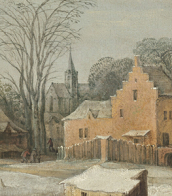
 Пьер Боннар. «Автопортрет», 1889.jpg)
Pierre Bonnard was a distinguished French painter and printmaker, recognized as one of the foremost colorists of modern art. Born on October 3, 1867, in Fontenay-aux-Roses, France, Bonnard initially pursued law studies before embracing his true calling in art. He attended the École des Beaux-Arts and the Académie Julian, where his journey as an artist began in earnest.
Bonnard's art is characterized by its vibrant use of color and the portrayal of intimate, sunlit domestic interiors and gardens. His works often include scenes populated with friends and family, creating a narrative that is both personal and relatable. His distinctive style was influenced by Japanese prints, evident in his use of bold patterns and flat color planes. This influence earned him the nickname "Le Nabi très japonard" among his peers in the Les Nabis group, an avant-garde artists' group he joined in his twenties.
His early work, such as "Woman in Checkered Dress" (1890), showcases the influence of Japanese prints. Bonnard's talent was evident from the beginning of his career, with Claude Roger-Marx noting in 1893 his ability to capture fleeting poses and expressions. His work evolved over time, moving towards a style that resonated with the Intimists' focus on personal and intimate spaces.
Bonnard's wife, Marthe, was a recurring subject in his paintings, often depicted in everyday scenarios. Their relationship, spanning several decades, was a significant influence on his work. His paintings, such as "Dining Room on the Garden" and "Landscape at Le Cannet," demonstrate his mastery in capturing light and color, creating a sense of warmth and intimacy.
Bonnard's work remains influential and celebrated, with his paintings held in esteemed collections worldwide. His ability to transform everyday scenes into vibrant, color-filled canvases has made him a beloved figure in the world of modern art.
Art collectors and experts in the field will find Bonnard's work a study in the transformative power of color and composition. For those interested in staying updated on sales and auction events related to Pierre Bonnard's works, signing up for updates would provide valuable insights into this remarkable artist's enduring legacy.

Henri de Toulouse-Lautrec was a distinguished French Post-Impressionist artist, renowned for his deep insights into Parisian nightlife and the world of entertainment in the 1890s. Born into an aristocratic family in Albi, France, Toulouse-Lautrec faced significant health challenges. He suffered from a rare condition, possibly pycnodysostosis, which stunted the growth of his legs following two fractures during his adolescence, leading to a notably short stature as an adult.
Despite his physical limitations, Toulouse-Lautrec immersed himself in art, becoming a key figure in the Post-Impressionist movement alongside artists like Paul Cézanne and Vincent van Gogh. He is particularly celebrated for his vibrant and expressive depictions of the bohemian lifestyle in late 19th-century Paris, often featuring scenes from brothels and nightlife venues. His unique style combined elements of Art Nouveau and lithography, as evidenced in famous works such as "Moulin Rouge: La Goulue" and "At the Moulin Rouge: The Dance".
Toulouse-Lautrec's work offers a window into the Parisian entertainment scene of his time, marked by a vivid use of color and a candid portrayal of his subjects. His ability to capture the essence of Parisian society, from dancers to prostitutes, in an era of great artistic and cultural dynamism, makes his work particularly valuable to art collectors and experts.
For those interested in the art and life of Henri de Toulouse-Lautrec, staying informed about sales and auction events is essential. Sign up for updates to receive the latest news on pieces by Toulouse-Lautrec available for purchase or auction. This subscription focuses exclusively on new product sales and auction events related to Toulouse-Lautrec, ensuring that enthusiasts and collectors don't miss out on any opportunity to acquire pieces from this iconic artist.
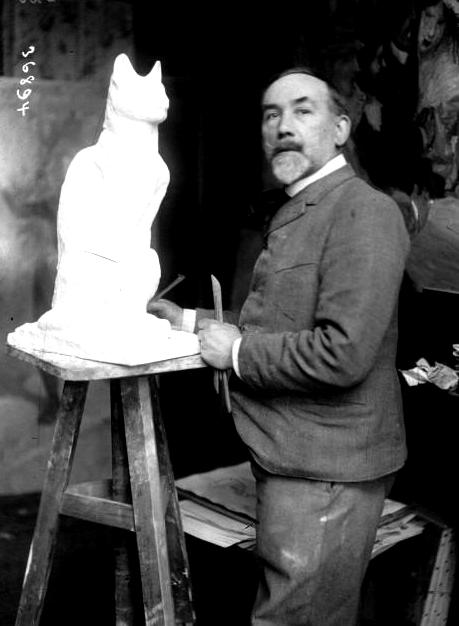
Théophile Alexandre Steinlen was a French painter, graphic artist, etcher, and illustrator of Swiss origin who worked in the Realist and Art Nouveau styles.







